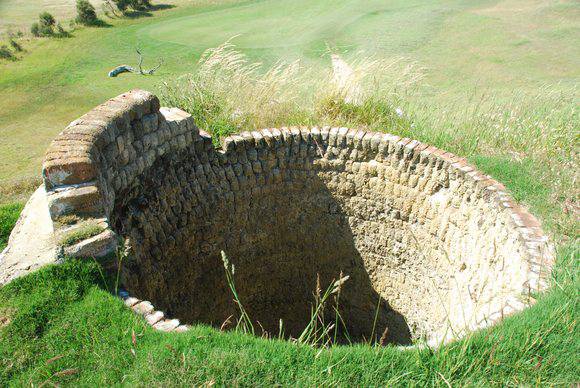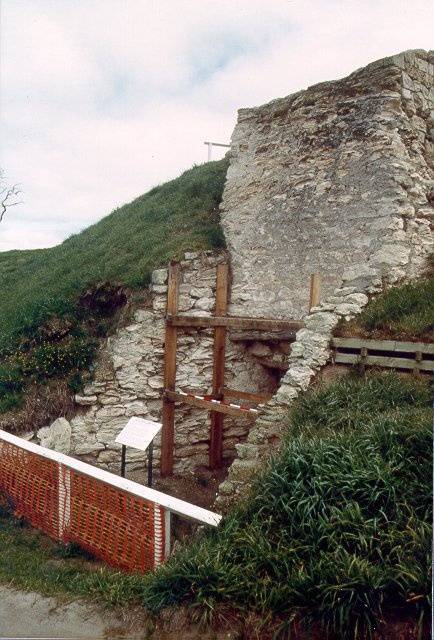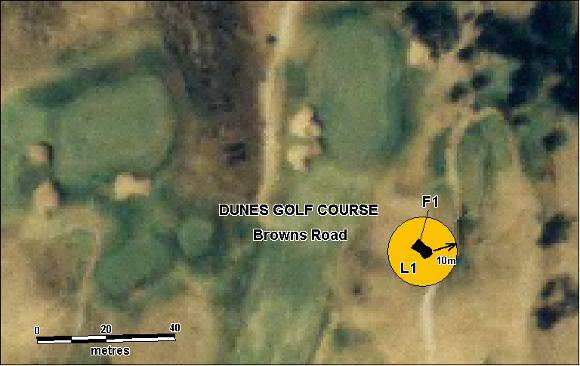| Back to search results » | Back to search page » |
|
SULLIVAN'S LIME KILN
Other NameSULLIVAN'S KILN Location335 BROWNS ROAD RYE, MORNINGTON PENINSULA SHIRE
File Number604927LevelRegistered |
|
Statement of Significance
What is significant?
The Sullivan family played an important role in the development of the
lime burning industry on the Peninsula. Dennis Sullivan came to Portsea
from Melbourne in 1843. He held a grazing licence covering four square
miles of Portsea to Point Nepean. By 1845 he had built a limestone
cottage, which now stands in the Quarantine Station area of Point Nepean
National Park, and by 1852 he had built a lime kiln in the cliff nearby.
Sullivan lost the lease to part of his land in 1852 when the government
wanted the land for the new Quarantine Station.
Dennis' son Patrick worked at several kilns before establishing this
kiln in c1855, following the removal of the family from the Quarantine
Station area. Patrick Sullivan acquired the freehold to land around the
kiln in 1867. His family lived in a house nearby, but moved in 1876 to
Cliff House, on the east corner of Napier Street and the Nepean Highway.
The family, which owned a number of businesses in Rye, was also an
extensive landowner.
Sullivan's kiln was operated for about 60 years in the ownership of the
Sullivan family, outlasting many contemporary kiln structures. Patrick's
son James burned the last load of lime at Sullivan's Kiln in 1917.
The kiln, located in the grounds of a golf course, is relatively intact
and incorporates the general features of a hillside kiln. The
cylindrical shaft, approximately 7 metres deep, is lined with Hancock
brand firebricks. The front and wing walls are constructed of limestone
blocks. A series of bush poles corbel out to support the limestone block
roof. This gave access to the draw hole, which is now no longer visible,
buried beneath the raised ground level surface. The top of the brick
shaft stands 0.5 metres above ground level, similar to Duffy's Kiln at
Portsea. The pitched roof, which would have spanned the retaining walls,
has not survived. This is probably an example of a continuous feed kiln.
How is it significant?
Sullivan's lime kiln is of technological, historical and archaeological
significance to the State of Victoria.
Why is it significant?
Sullivan's lime kiln is technologically significant as evidence of the
most important nineteenth century industry on the Peninsula. Lime
produced in this area was used in the building trade in Melbourne and
was of sufficient quality to compete with imports.
Sullivan's lime kiln is historically significant as evidence of the
nineteenth century denudation of the Peninsula landscape. In the 1830s
she-oaks and banksias dominated the landscape of this area. However
these trees proved highly suitable as lime burning fuel, as she-oaks in
particular were a reliable, high burning fuel. Denudation of these trees
was followed by the growth of the characteristic scrubby undergrowth and
tea-trees evident on the Peninsula today.
Sullivan's lime kiln is historically significant as evidence of the
industry that anticipated later settlement. Patterns of settlement
closely followed the location of kilns, for example at Portsea, Sorrento
and Rye. The regular trade of lime schooners transporting lime to
Melbourne enhanced communications to these relatively remote parts of Victoria.
Sullivan's lime kiln is archaeologically significant for its potential
to reveal buried deposits or artefacts associated with the lime kiln and
the people who operated it.
Group
Manufacturing and Processing
Category
Kiln Lime







